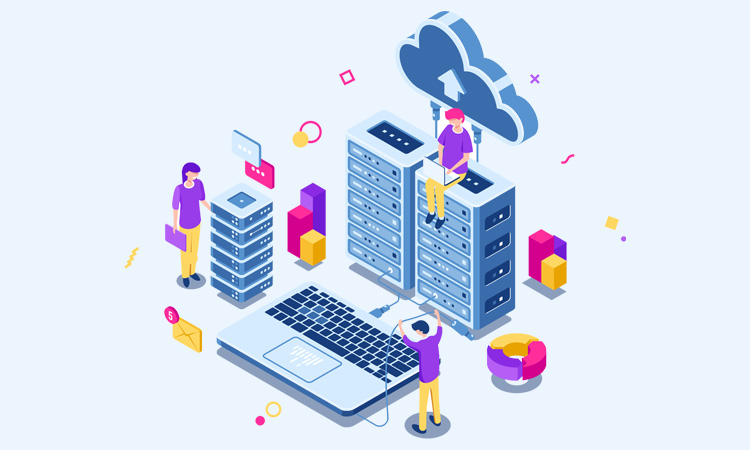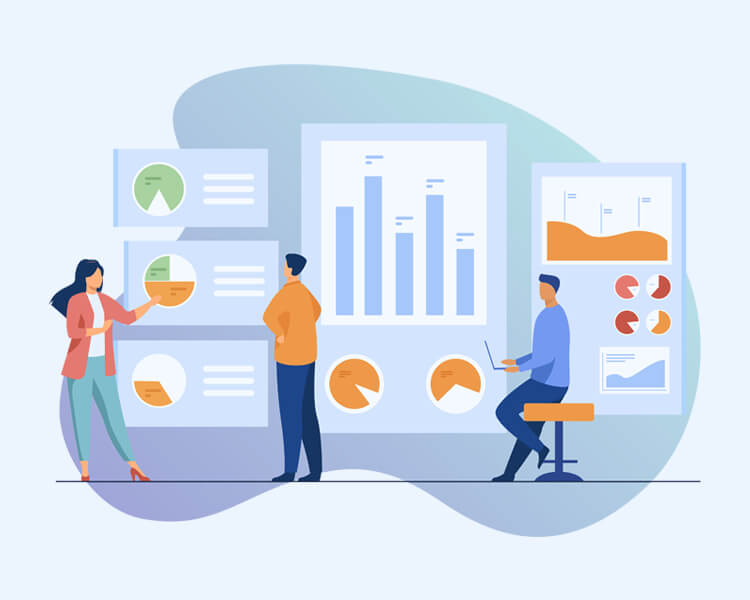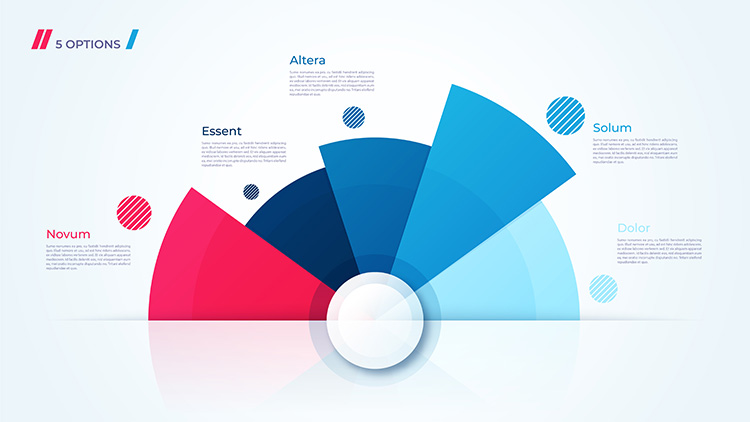AI & ML DevelopmentAbout this Services
Improve Machine Learning algorithms by studying underfitting, overfitting, training, validation, n-fold cross validation, testing, and how hyperparameters could improve performance. Perform linear and logistic regressions in Python.
1. IoT Communication Protocols
- MQTT (Message Queuing Telemetry Transport): A lightweight, publish-subscribe messaging protocol designed for low-bandwidth and unreliable networks.
- CoAP (Constrained Application Protocol): A web-based protocol suited for simple electronics with limited resources, typically used in M2M communication.
- HTTP/HTTPS: Widely used in IoT for web-based communication between devices.
- AMQP (Advanced Message Queuing Protocol): Ensures reliable communication in real-time IoT applications.
- LoRaWAN (Long Range Wide Area Network): A communication protocol optimized for low-power, long-range IoT networks.
- Zigbee: A low-power, low-data-rate protocol used for short-range communication in IoT applications.
- 6LoWPAN (IPv6 over Low-Power Wireless Personal Area Networks): Allows for IPv6 communication on low-power devices.
- Bluetooth Low Energy (BLE): Used in IoT for short-range communication and low power consumption.
- Wi-Fi: Commonly used for high-speed IoT device communication.
- NB-IoT (Narrowband IoT): A low-power wide-area network (LPWAN) technology for IoT applications.
- Cellular IoT (LTE-M, 5G): High-bandwidth protocols for long-distance and high-speed IoT communications.
2. IoT Tools & Platforms
- AWS IoT: A cloud platform for IoT device management, security, and data analytics.
- Microsoft Azure IoT Hub: Facilitates bi-directional communication between IoT applications and devices.
- Google Cloud IoT Core: Provides device connection and management at scale for IoT projects.
- IBM Watson IoT: A cognitive platform for connecting devices and systems.
- ThingSpeak: An open-source platform for IoT applications to collect, analyze, and visualize data.
- Kaa IoT: A highly flexible open-source IoT platform for device management and data collection.
- Node-RED: A flow-based tool for wiring together devices and APIs in the IoT ecosystem.
3. IoT Techniques
- Edge Computing: Data processing at the device level, reducing latency and bandwidth usage.
- Fog Computing: Extends cloud computing to the edge of the network for real-time processing in IoT environments.
- Digital Twins: Creating a virtual model of a physical device to monitor its status and simulate future states.
- Predictive Maintenance: Using IoT sensors and data analytics to predict when equipment will need maintenance.
- Data Aggregation: Collecting and summarizing IoT data from multiple devices into actionable insights.
4. IoT Communication Standards for Vehicle, Drone, and M2M
- V2X (Vehicle-to-Everything): Communication standard for vehicles to interact with other vehicles, infrastructure, and pedestrians.
- DSRC (Dedicated Short-Range Communications): Used in vehicular communication for safe and efficient transportation.
- 5G: Offers high-speed, low-latency connectivity, ideal for autonomous vehicles, drones, and M2M communication.
- 4G LTE: Widely used in connected cars and drones for real-time data transmission.
- Wi-Fi 6: Supports high data rates and increased device capacity, making it suitable for IoT applications in vehicles and drones.
- NFC (Near Field Communication): Enables short-range communication for secure transactions between IoT devices.
- UAV-to-UAV Communication (for Drones): Drones communicate via dedicated protocols such as UAVCAN, and MAVLink.
5. IoT Security Standards and Protocols
- Transport Layer Security (TLS): For securing communication between IoT devices and servers.
- OAuth 2.0: Used for secure access control in IoT applications.
- Secure Sockets Layer (SSL): Ensures secure transmission of data over the internet for IoT devices.
- End-to-End Encryption (E2EE): For protecting data integrity and privacy across IoT networks.
6. IoT Use Cases in Vehicles, Drones, and Machine-to-Machine (M2M)
- Connected Vehicles: Vehicle-to-vehicle (V2V) and vehicle-to-infrastructure (V2I) communication for traffic management and autonomous driving.
- Smart Drones: IoT-enabled drones for logistics, surveillance, and mapping that use real-time communication for navigation and data collection.
- M2M Communication in Industry 4.0: Machine-to-machine communication in manufacturing processes to monitor equipment, reduce downtime, and improve efficiency.
- Fleet Management: IoT sensors and GPS systems used to track vehicle locations, monitor driving behavior, and optimize route planning.
- Remote Monitoring & Control: IoT sensors and controllers used to monitor and control industrial machines remotely for improved safety and efficiency.
7. IoT Controllers
- Raspberry Pi: A popular single-board computer used in a wide range of IoT applications for processing, controlling, and edge computing.
- Arduino: Microcontroller platform ideal for simple IoT prototypes and sensor control.
- ESP32: A low-cost, low-power microcontroller with built-in Wi-Fi and Bluetooth, used for IoT devices.
- STM32: A microcontroller family widely used in IoT and embedded systems for real-time applications.
- BeagleBone: A low-power, open-source hardware platform used in IoT applications requiring moderate processing power.
- Texas Instruments CC3200: A microcontroller with integrated Wi-Fi, used for secure IoT applications.
- NVIDIA Jetson Nano: For edge AI and IoT applications that require high computational power.
It is a long established fact that a reader will be distracted by the readable content of a page when looking at its layout. The point of using Lorem Ipsum is that it has a more-or-less normal distribution of letters, as opposed to using ‘Content here, content here’, making it look like readable English. Latin words, combined with a handful of model sentence structures, to generate Lorem Ipsum which looks reasonable.
Application Areas
Technologies That We Use
- JavaScript
- Python
- Java
- C/CPP
- PHP
- Swift
- C# (C- Sharp)
- Ruby
- SQL


